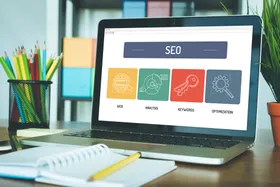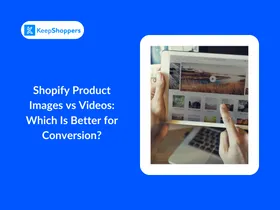Follow These Simple Email Marketing Guidelines for Success!
Published August 31, 2022

AI Summary
Email marketing is an effective form of digital direct marketing. It may sound like a mouthful but really is an effective way of catching the attention of both new and inactive clients—if you implement the core elements of a successful email marketing campaign.
Email Marketing Best Practices
So, you've collected emails for email marketing and you're ready to start sending out emails, but you aren't 100% sure that your email has what it takes to get optimal reach. Here are some of the best practice guidelines. You can use this as a checklist to see if you are on track:
- Know your audience: Before you can even start compiling your marketing emails, you need to know who you're talking to. Who is your target audience and what do they want most? Your marketing emails need to give them what they want, and if they don't know what they want, you can steer them in the right direction!
- Personalize: By personalizing your email, even if it's a template you've edited, you're trying to connect with your audience.
- Segment your mailing lists: This will help you to optimize personalization.
- Automate: Set triggers to release emails at certain points in the customer journey.
- Use double opt-in email sign-ups: This will help you maintain high-quality mailing lists.
- Send a welcome email to new subscribers: Setting up and sending automatic welcome emails to new clients is the perfect opportunity to initiate engagement.
- Frequency is critical: You can't send too many emails and you will miss the bus if you take too long to send emails. Timing is a strategy—it all depends on your products, your line of business, and your industry.
- Hot subject lines: Always use catchy, clever subject lines. Then test them to see what works best. Over time you will know exactly how to draw your customers in.
- Write engaging copy: Keep it punchy, short, and to the point. Condense your copy into digestible bites and your customers will read it.
- Impactful designs: Your emails must look professionally designed to show your customers that you're a professional business.
- Make your emails interactive: Add links to tools, articles, special deals, or anything that may keep customers engaged.
- Integrate your emails with social media: To prompt customers to explore your other channels.
- Design your emails for mobile: Many people read their emails on their phones.
- Include a call to action: Every email should have a purpose. The call to action is a response to the purpose.
- Analyze metrics: This is done to improve on your emails over time.
Common Email Marketing Mistakes and How to Avoid Them
Now that you know what you need to do, have you considered what you need to avoid? Here are some common mistakes that e-commerce business owners make:
- Make personalization mistakes.
- Overcomplicate the design of the email, use low-resolution pictures, and allow spelling errors to slip through the cracks.
- Include incorrect or broken links.
- Use too much jargon and complex language.
- Market products that look nothing like the pictures in the marketing email or that are out of stock.
- Send emails that are inappropriate to the customer or spam their customers with unnecessary emails.
- Use bought contact lists.
- Don't allow readers to reply to their emails or include contact details that are unresponsive.
- Don't honor promises made in the marketing email.
This list is not exhaustive. In your journey to developing the most effective marketing emails, you will learn what your customers like and what they don't like. You may struggle in the beginning but over time your skills will evolve and grow.
If you are serious about avoiding the common mistakes mentioned above, you could put together an organic checklist that you can go through every time you're about to send out a marketing email. As you learn from your analytics, you can add more checks to your list. This is also an effective way of making sure both you and your staff members are always on the same page.
Conclusion
In marketing, consistency is very important for building an identifiable brand that stands out from the crowd. It builds a brand that can be trusted, which increases your customer loyalty and retention, which increases your bottom line. It's an ongoing cycle that cannot be underestimated.





